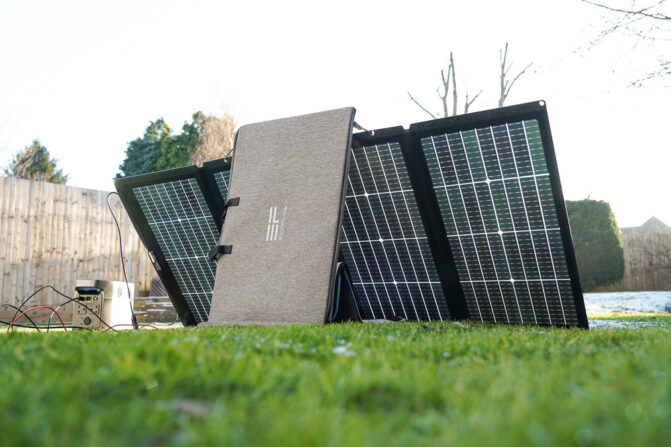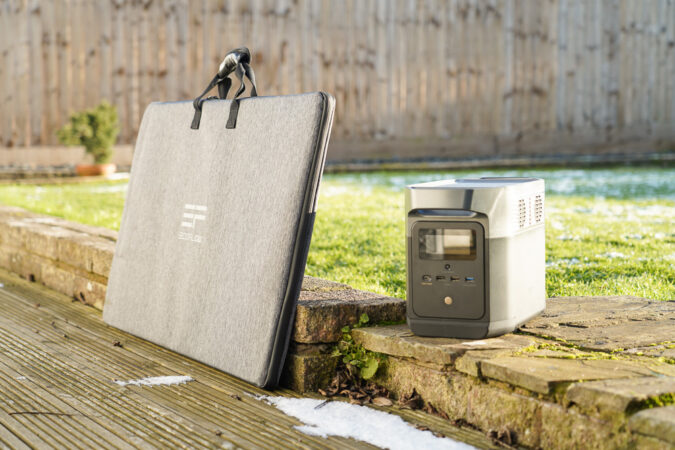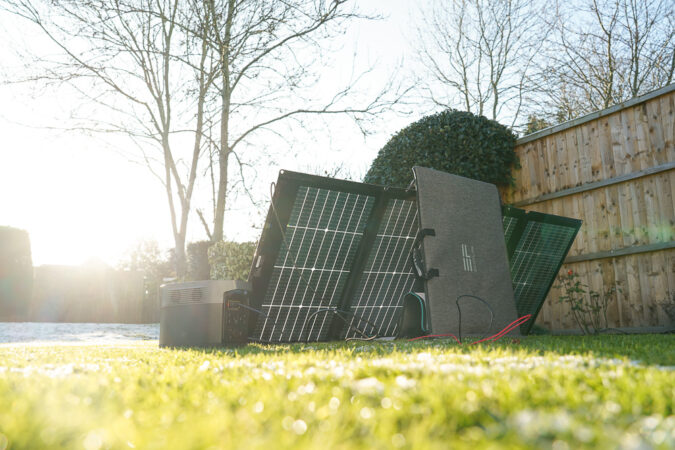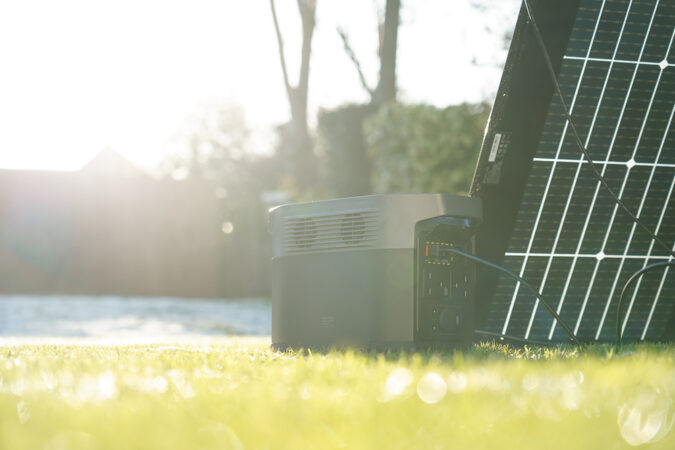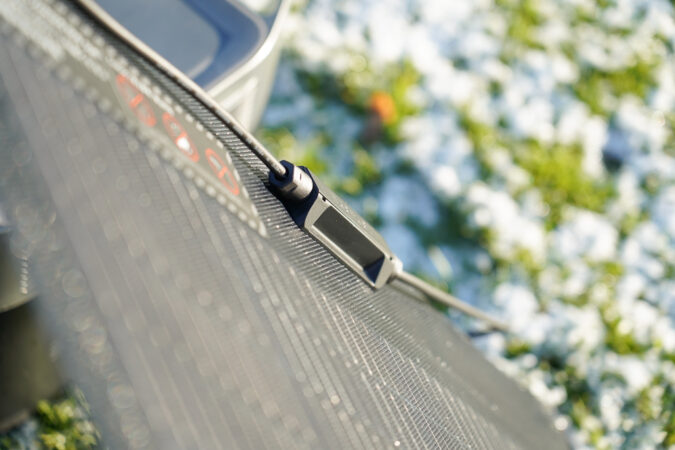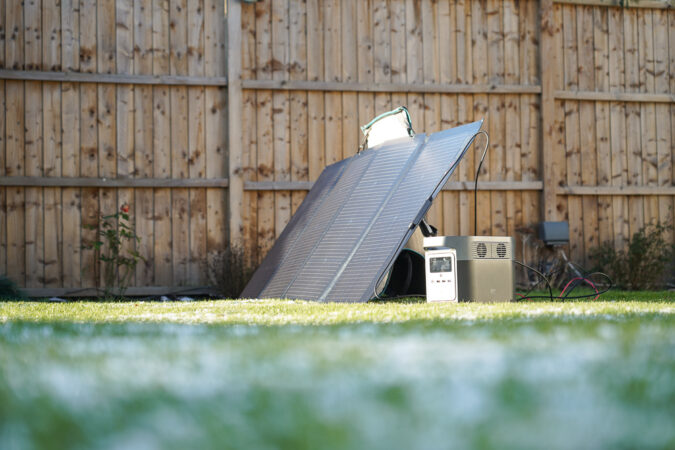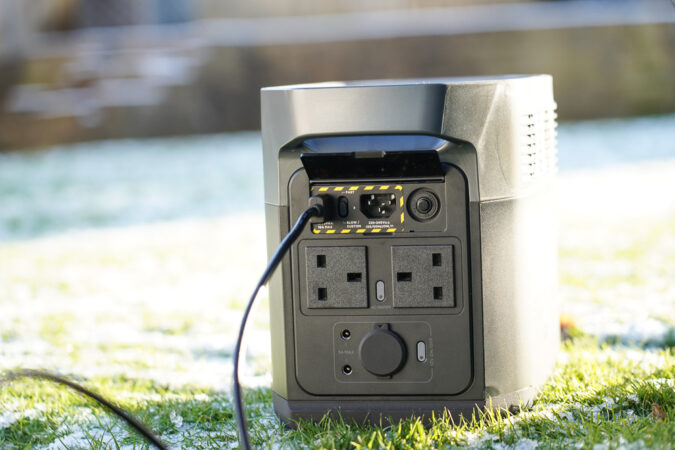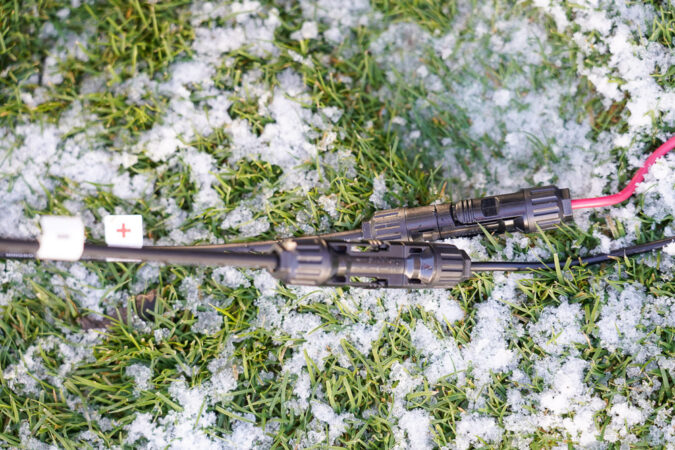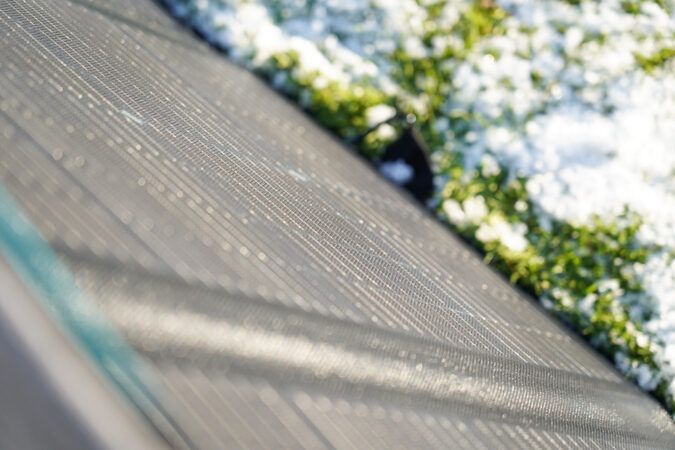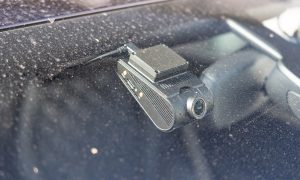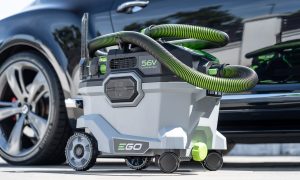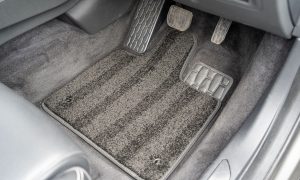Even if you have a massive power station in tow, it’s still tough to shake that battery anxiety if you’re off the grid for too long. You can haul the biggest power station around. But, there’s still that nagging sensation at the back of your head saying… “You know, if the battery runs out, you’re screwed!”. It’s a valid point, which is why it’s not a bad idea to have something to charge that power station with.
A portable solar panel is one great alternative, which can be infinitely renewable – if you have access to the sun. However, not all solar panels are created equal. Some charge too slowly, while others are too brittle. There’s always a concern about just how efficient and practical it can be to carry this big panel with you. With that being said, EcoFlow’s 220W solar panel kit might be the answer.
Just recently, we’ve also discussed the merits of its smaller sibling, a 110W portable solar panel. That one gave us a positive impression. But, does doubling the output rate make that much of a difference to justify its price increase? Well, for starters, it has twice the power, but also one special feature, it is bifacial. The major change is that it now features a secondary, 155W solar panel on the back. It’s supposed to capture solar energy from ambient light instead of requiring solely direct sunlight (from the panels on the front/top, just like its predecessor) alone to provide power. As such, you’re basically getting two solar panels in one.
Two Is Definitely Better Than One
If you recall from our 110W solar panel review, we remarked that its solar efficiency is a slight flaw. Yes, it’s better than most competing panels on the market, but doesn’t make it perfect. TL;DR, you’re tasked with needing to have it directed quite clearly at the sun. And, have exposure to strong sunlight for it to ensure maximal charging. To be fair, any solar panel suffers from the same drawback.
This is where having that bifacial panel on the rear may fix it. When you’re using the 220W unit, that front/top 220W main panel is propped up and pointed toward the sun. Meanwhile, its bifacial 155W rear/bottom panel is pointed at the ground. The idea is to have light bounce off the surface and lead into the rear bifacial panel, thus contributing to additional solar energy that’s otherwise wasted.
Granted, the effectiveness of that rear, bifacial panel is also highly dependent on how much ambient light you can get. EcoFlow promises that, under good conditions, you can capture as much as 25% of extra solar energy. Or, about 5% extra at the minimum. Note, this is on top of what you’d get with the main 220W solar panel. EcoFlow even claims that the bonus charging could be as high as 80%.
But, this is rather unlikely, as you basically need to place it atop a highly reflective, mirrored surface. With this in mind, the reflectiveness of the ground on which you’re propping up the solar panel plays a major role. In short, the shinier, brighter, and smoother the surface, the easier light will bounce off the ground and is directed onto the rear/bottom-facing panel. Thus, careful positioning is a must.
More Sunlight Equals More Charging
For instance, uneven and darker surfaces like dirt and grass aren’t as reflective. That’ll translate to a lot less solar energy that could potentially reflect onto the bifacial panel. On the other hand, cement, sand, snow, or a mirror, can more effectively increase the potency and reflectiveness of the ambient lighting. With all this technical talk then, how well can EcoFlow’s 220W solar panel charge?
Well, it’s undoubtedly quicker at charging than its smaller 110W cousin. It’s, therefore, more suitable for use with EcoFlow’s bigger power stations like the DELTA 2, instead of their smaller ones like the RIVER or newer RIVER 2. We’ve personally tested this with the not-as-large but still pretty big DELTA mini. For context, the EcoFlow DELTA mini has a whopping-great 882kWh battery capacity.
When plugged into that 220W solar panel, it only takes around 5 to 6 hours (of good sunlight) to get the DELTA mini fully powered up. But as with the 110W unit, you’re probably never going to get all 220W of power.
EcoFlow claims that they have an industry-leading 22% to 23% efficiency rate, which is pretty good. And with direct, strong sunlight (essentially, an ideal scenario), you can still get close to that 200-ish watts mark. So, make sure that, even with a bifacial panel, you’re still wary of how you position the panel itself, as even an overcast of clouds or trees blocking the sun can kneecap its potency.
The Bigger, The Better
But how about its usability? Well, the 220W solar panel kit is plug-and-play with any EcoFlow power station, so using it is effortless. Although, carrying it around might be more of a challenge. While it’s been designed to be as portable and as light as it can be, it’s not something you want to lug around or go backpacking with. At 9.5kg, it’s quite a bit heavier than the already-hefty 110W unit.
This is mostly thanks to a much greater surface area on the 220W, which is needed to capture more solar energy. On the bright side then (pun very much intended), this added surface area means that you’re able to charge up more rapidly than before. Which, you can do so by unfolding that included carrying case and turning it into a kickstand. It does need some careful positioning, though.
As it’s not really the sturdiest thing in the world to prop up your heavy solar panels against. To make it lighter, EcoFlow went ahead and used thin, one-piece tempered glass. Yet, it’s still 5-times tougher than standard glass. Hence, enabling it to withstand high heat of up to 300°F. As well as, surviving a rough life of being battered against exposure to the elements and harsh environments.
In addition to the IP68 waterproofing and dust proofing, EcoFlow also says that it has a less than 10% solar power degradation in 10 years. All in all, EcoFlow’s 220W portable solar unit combines the best of solar tech today into a (relatively) compact package. If you’re planning a long getaway, which also happens to be far, far away from the nearest mains outlet, its £549 price tag is worth considering.

